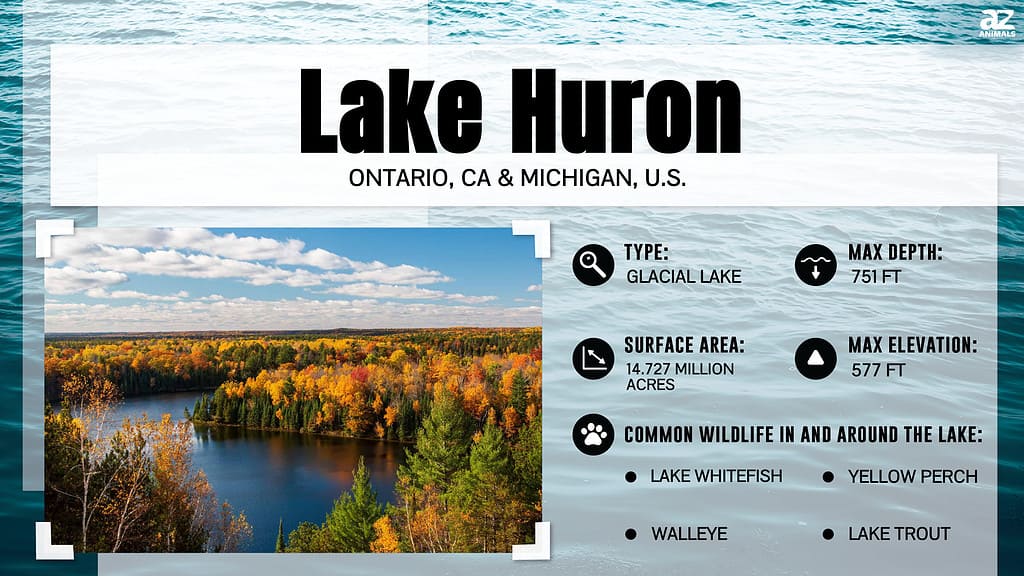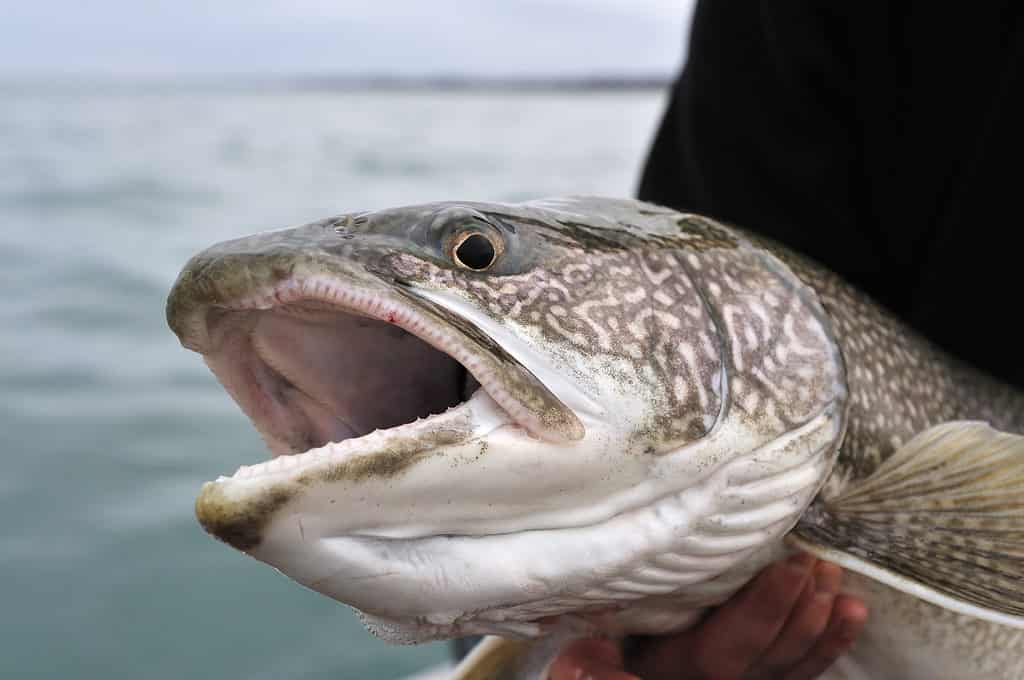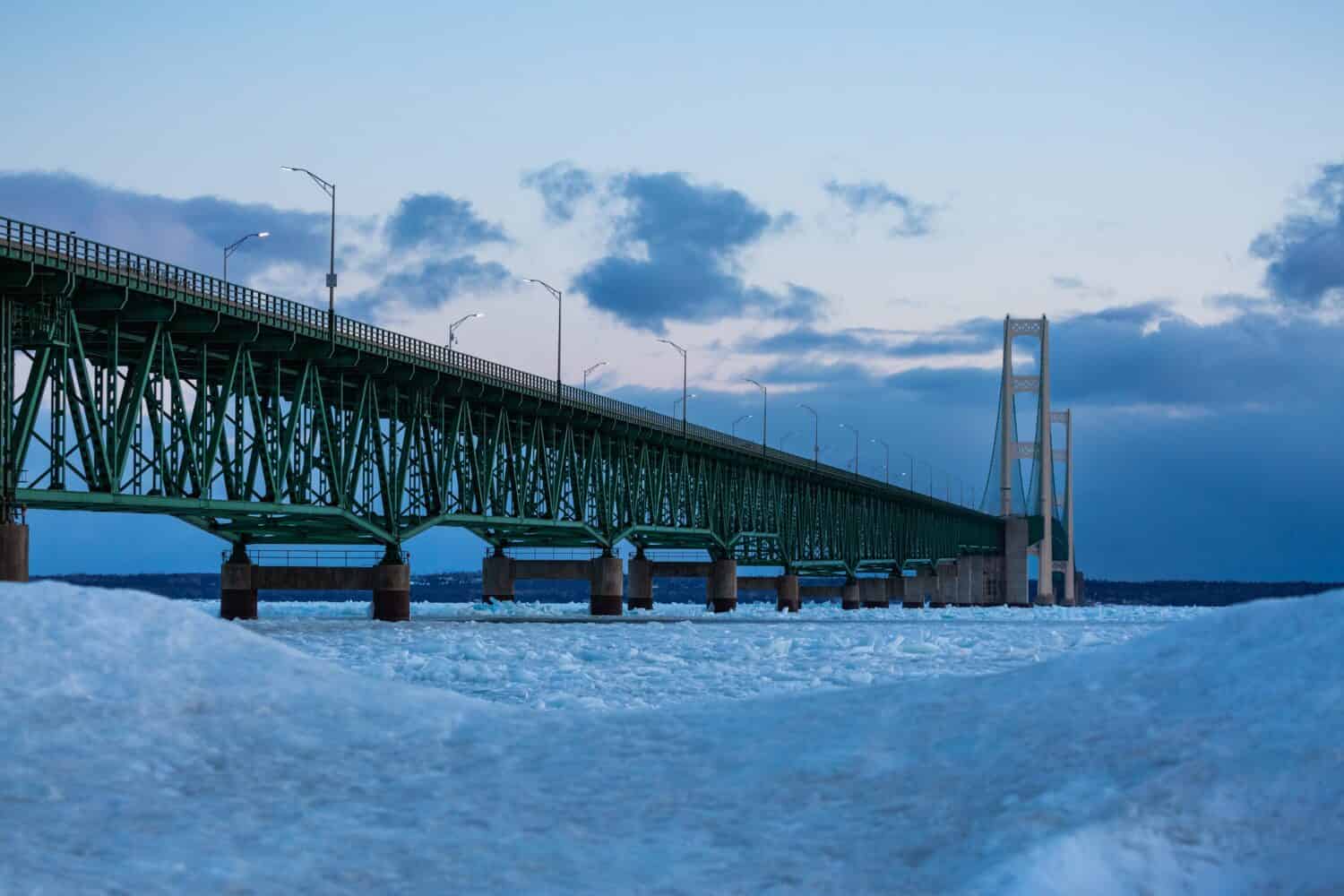Lake Huron is the second-largest Great Lake, with a surface area of 23,000 miles. It is located between Lake Michigan to the southwest and Lake Superior to the northwest, and Lake Erie lies to the south. To put that into perspective, it is just a little smaller than West Virginia. It is also the fifth-largest lake in the world. Lake Huron features the longest shorelines of the Great Lakes, at 3,827 miles. It is also home to 30,000 islands. So, with all these great features, why aren’t there any major cities like Toronto on Lake Ontario or Chicago on Lake Michigan along its shorelines?

There’s a lot of speculation involved with this question. Many believe it is due to its heavy forest and extensive wildlife, significant changes in its ecosystem that led to a crash in its fishing industry, harsh winters, terrible storms, or treacherous terrain leading to many shipwrecks.
Heavy Forest and Wildlife
About two-thirds of Lake Huron’s 51,700-square-mile watershed is forest. This leads to quite an array of fish and wildlife. However, in the past 100 years, its ecosystem has seen massive changes. The lake saw the disappearance of its top predator, the lake trout. A combination of over-fishing and the introduction of invasive species, such as the sea lamprey, alewife, and rainbow smelt, in the 1930s, led to its demise. By the 1960s, several species of deepwater ciscos became nearly extinct as well. The bloater is the only native deepwater cisco that still exists in the lake.

The lake trout was once Lake Huron’s top predator, until its disappearance.
©iStock.com/glxedwards
An attempt at restocking the lake with non-native Pacific salmon and lake trout was made, but it was unsuccessful. There has also been an influx of new invasive species, like spiny water fleas, round gobies, and zebra and quagga mussels, which led to the end of the demersal fish community.
Shipwrecks

Lake Huron has seen a vast amount of shipwrecks, many still located beneath the surface.
©Kibrok Photography/Shutterstock.com
The lake has underwater reefs, submerged islands, and drop-offs. Sometimes navigating this area can be dangerous. Over the years, there have been more than 1,000 shipwrecks on the lake and many remnants can be found at the bottom. Some of these underwater sites are protected by the Thunder Bay National Marine Sanctuary in Alpena, Michigan. Thunder Bay National Marine Sanctuary protects a collection of 100 shipwrecks in Lake Huron off the Michigan coast.
Harsh Winters

Lake Huron experiences harsh winters. Image: Logan Bush, Shutterstock
©Logan Bush/Shutterstock.com
Lake Huron has had its share of storms, and on November 9, 1913, a terrible one tore across Huron, producing wind gusts of 90 mph and waves up to 35 feet. Nicknamed “The White Hurricane”, the storm sank 12 ships and killed nearly 250 people. It was the deadliest storm ever to hit the Great Lakes. According to the National Oceanic and Atmospheric Administration (NOAA), the storm produced an estimated $6 million in damages, equivalent to $117 million today.
Largest Cities
Major cities on Lake Huron include Bay City, Michigan; Alpena, Michigan; Port Huron, Michigan; Goderich, Ontario; and Sarnia, Ontario.
Sarnia, Ontario: The largest city based on population along Lake Huron is Sarnia, Ontario, Canada, with 72,000 residents. Sarnia is Ontario’s hub for the petrochemical industry and the bio-chemical and clean energy industries. It also has one of the warmest climates in Canada.
Bay City, Michigan: The second-largest city situated along Lake Huron is Bay City, Michigan, United States. It has a population of more than 32,000 residents. The city is located near the base of Saginaw Bay, but it does not have a coastline within its city limits.
Port Huron, Michigan: The third-largest city on Lake Huron is Port Huron, Michigan, with a population of 28,626 people. Port Huron is known as the “Maritime Capital of the Great Lakes.” It has the Huron Lightship and the Great Lakes Maritime Center.
Alpena, Michigan: Alpena, Michigan, is the fourth-largest city located along Lake Huron. It has a population of more than 10,000 people. The city overlooks Thundery Bay and has many wood, cement, and heavy machinery industries that stemmed from logging in the 1800s.
Goderich, Ontario: The fifth-largest city located along Lake Huron is Goderich, Ontario, Canada. Its population is 7,881. It was formed after the War of 1812 and sits on the edge of the lake in southwestern Ontario.
The photo featured at the top of this post is © iStock.com/Paul Massie Photography
Thank you for reading! Have some feedback for us? Contact the AZ Animals editorial team.







